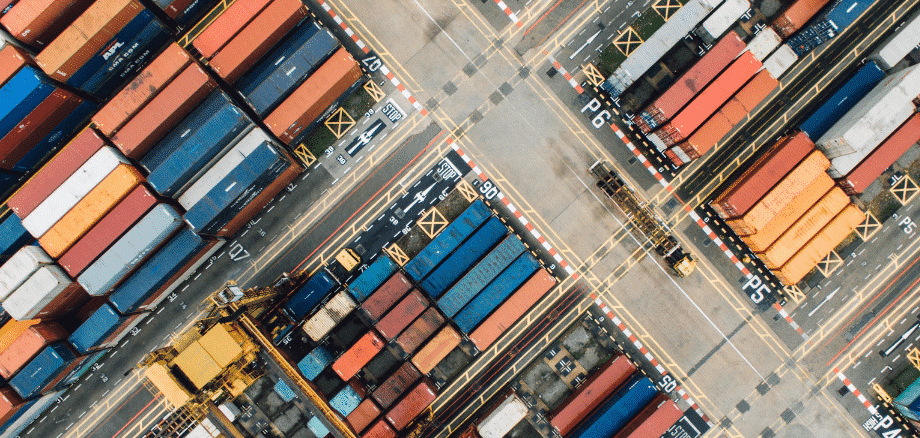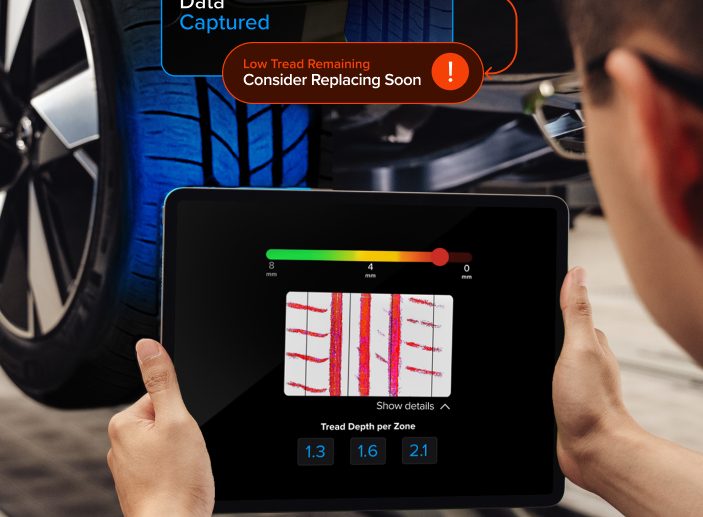
Technologies used by the police today: ID, Driver’s License and License Plate Scanning
Police paperwork is one area where technology and digitization can really help make officers’ jobs easier. It can be tedious, stressful, and time consuming, since data collection is both challenging and vital to get right every time. Even one number wrongly transcribed, or a lost piece of paper and mean delays, extra admin or even a case being compromised.
So, what technological solutions are available to help police as they carry out their duties? And how can these solutions benefit police officers in the field and at the station? Are there police departments that are already using this technology?
Fortunately, we have some answers.
What technological solutions are there?
There are many technological solutions for just about any problem you might have, and for mobile data capture, it’s called OCR. Optical character recognition simplifies work for millions of workers in dozens of different industries – like retail, logistics, hospitality and more. But let’s take a minute to talk about OCR for police officers.
This tech has the capability to not only speed up the data collection process, but also make it more efficient, effective, and virtually error-proof. It allows officers to scan data quickly and accurately from a number of different sources like driver’s licenses, other IDs, vehicle plates and serial numbers, then transfer them to digital devices. It is an AI based technology and has the capability to scan many different forms on a variety of surfaces such as the textured, metal license plate of a vehicle, the smooth, somewhat reflective surface of a driver’s license, and more.
What benefits are there for the police?
It’s pretty easy to see how OCR technology can aid police in their work, but what are the benefits? What makes OCR superior to other methods and even other types of tech? It comes down to a few very important factors:
Accuracy – Mistakes can happen, after all, we are human. When a police officer is in a situation that is already high stress and he or she is trying to record information from a driver’s license or a vehicle license plate, transposition errors can happen and it is hard, if not impossible, never to make a mistake. Scanning documents with a mobile device to capture data is far more accurate than manual input.
Saves time – On average, a police officer in the US spends around three hours per shift on paperwork. It’s time they are not able to get out and patrol the streets, keep our communities safe, and answer calls. Mobile data capture is far easier and much faster because the officer scans the driver’s license or other documents. This gives officers back their time because it is far faster than recording the information on paper and then manually entering it again at the police station.
Saves resources – In addition to saving time, OCR saves other resources as well. When police officers are able to collect accurate data the first time, it eliminates the possibility that they will have to start all over again due to missing, damaged, incorrect, or corrupted data. This means officers, our greatest resources, are able to do their jobs instead of doing their paperwork.
Flexibility – With OCR, officers have more flexibility, allowing them to give more of their attention to other vital areas such as situational awareness. With just a smartphone, they can collect the data without ever losing their focus or taking their eyes off of potential areas of danger.
Reduces risks – A police officer’s job is a risky one, there’s no doubt about that, so why add to the risk with manual data capturing services? By using OCR, the officer can maintain his or her focus to address risks that may be around them.
Police forces already use OCR every day
There are many police departments that are already successfully using Anyline’s OCR solution every day, so let’s take a look at some examples.
North-Rhine Westphalian police
The North-Rhine Westphalian police, Germany’s largest police force, uses Anyline’s OCR technology to scan passports, IDs, vehicle license plates, driver’s licenses, and a lot more. Thanks to the speed and efficiency of the technology, their process time for data collection has increased substantially, which reduces the risk of adverse events occurring due to a distracted officer.
Austrian police
The Austrian police also approached Anyline when exploring how they could use OCR to optimize officers’ time and eliminate redundant processes from their workflow. For them, the need for real-time communication into their system was essential. The first step in accomplishing this was to add Anyline’s mobile scanning as a standard feature to every police-issue iPhone in the department. Currently, they use the OCR technology to identify vehicles and people using their smartphones to scan passports, IDs, and license plates.
Royal Gibraltar police
Before Anyline OCR technology, the Royal Gibraltar police officers had to use fixed terminals to inspect personal identification documents and vehicle registrations at the country’s border. With the technology, they can perform ad-hoc inspections while they are on patrol as well as at the marina, port, and other smaller points of entry, using their mobile devices.
How can Anyline be integrated?
Anyline’s smooth as silk integration allows it to work with most smartphones with iOS, UWP, or Android. The scanning uses a standard mobile device that provides an inexpensive solution that the inspectors are already familiar with and know how to use. The Anyline SDK is as easy to integrate as it is to use, plus it is backed by our friendly, knowledgeable customer support team, ready to provide hands-on help when you need it.

